The Digital Canvas: High-Quality 3D Car Models as Your Foundation
In the dynamic world of automotive design and visualization, the intersection of high-quality 3D car models and advanced 3D printing technologies has opened unprecedented avenues for innovation. From concept validation and rapid prototyping to the creation of bespoke, functional components, digital fabrication is revolutionizing how we imagine, develop, and interact with vehicles. At 88cars3d.com, we understand that the journey from a dazzling digital render to a tangible, precision-engineered part begins with an impeccable 3D model. This comprehensive guide delves into the intricate processes, technical considerations, and transformative applications of leveraging detailed automotive 3D designs for 3D printing and crafting custom 3D car parts. Whether you’re a professional 3D artist, an automotive engineer, a game developer seeking realism, or an enthusiast bringing a vision to life, mastering these techniques is key to unlocking the full potential of digital and physical design.
The Digital Canvas: High-Quality 3D Car Models as Your Foundation
The journey to a successful 3D print or a stunning visualization begins with a meticulously crafted 3D car model. For industries ranging from automotive design studios to game development and AR/VR experiences, the quality of the initial digital asset dictates the fidelity of the final output. Platforms like 88cars3d.com specialize in providing models that meet the highest industry standards, ensuring clean topology, precise dimensions, and realistic material setups. These foundational assets are not merely static representations but complex digital blueprints, ready to be adapted for diverse applications, including robust automotive rendering, real-time game engines, and, critically, accurate 3D printing.
The Anatomy of a Render-Ready 3D Car Model: Topology, Materials, UVs
A truly professional 3D car model is defined by several core attributes. Topology, or the arrangement of polygons (faces, edges, vertices), is paramount. For automotive models, this means clean quad-based geometry, optimized edge flow that follows the vehicle’s natural curves, and minimal triangulation to ensure smooth subdivisions and deformations. This clean structure is vital not only for beautiful sub-D rendering but also for creating watertight meshes suitable for 3D printing. UV mapping is the process of flattening the 3D surface into a 2D plane, allowing textures to be accurately applied without distortion. High-quality UVs are crucial for PBR materials (Physically Based Rendering), which simulate real-world light interaction through maps like Albedo (color), Roughness, Metallic, Normal, and Ambient Occlusion. These material setups, often created in software like Substance Painter and implemented in renderers like Corona, V-Ray, Cycles, or Arnold, bring unparalleled realism to digital scenes, from detailed paint finishes to intricate interior textures. Models sourced from 88cars3d.com typically arrive with these elements meticulously prepared, forming a robust starting point for any project.
Bridging the Gap: From Visualization to Physical Fabrication
While the requirements for stunning automotive rendering and real-time game assets often focus on visual fidelity and performance optimization (e.g., efficient polygon counts, LODs for games), the underlying geometry forms the basis for 3D printing. A model designed for smooth shading and realistic reflections already possesses much of the structural integrity needed for physical fabrication. However, transitioning from a visual asset to a printable object introduces new technical demands. Render-ready models might have thin surfaces, overlapping geometry, or open edges that are visually acceptable but physically impossible to print. The challenge lies in adapting these exquisite digital representations into solid, manifold meshes that can be successfully translated into a tangible object by a 3D printer. This bridging process requires specific preparation steps, focusing on mesh integrity and structural solidity rather than just visual aesthetics.
Preparing 3D Car Models for Flawless 3D Printing
Converting a high-fidelity 3D car model, initially designed for stunning renders or interactive experiences, into a print-ready file requires a dedicated workflow focusing on mesh integrity and structural soundness. Unlike digital rendering, where visual “cheats” like thin planes or overlapping geometry might be acceptable, 3D printing demands a watertight, manifold mesh. This means every surface must have a definitive inside and outside, with no holes, inverted normals, or self-intersecting polygons. This preparation phase is crucial to avoid print failures, material waste, and lengthy troubleshooting. It often involves specialized tools and a keen understanding of the limitations and requirements of additive manufacturing processes.
Essential Mesh Integrity and Repair Techniques
Before any slicing software can generate G-code for a 3D printer, the model’s mesh must be pristine. Common issues include non-manifold geometry (edges connected to more than two faces), open edges, flipped normals, and internal geometry. Software like Blender, 3ds Max, Maya, or dedicated mesh repair tools like Netfabb or Meshmixer are indispensable here. The process often involves:
- Checking for Open Edges: Identify and close any gaps in the mesh to create a sealed, watertight volume. This might involve bridging edges or using fill hole tools.
- Correcting Flipped Normals: Ensure all polygons face outwards. Inconsistent normals confuse the slicer about what is “inside” and “outside” the model.
- Removing Internal Geometry: Delete any hidden faces or objects within the model that won’t be visible but can cause print errors or increase file size unnecessarily.
- Merging Vertices: Consolidate any duplicate or nearly identical vertices that might create tiny, unprintable gaps.
- Ensuring Manifoldness: The most critical step. A manifold mesh has no ambiguities; every edge must connect exactly two faces. Non-manifold edges can’t exist in a physical object.
For complex automotive 3D designs, this can be a painstaking process, but platforms like 88cars3d.com often provide models with topology so clean that these steps are minimized, accelerating your workflow significantly. The goal is to produce a single, solid object ready for fabrication, often exported as an STL or OBJ file.
Scaling, Orientation, and Support Structure Considerations
Once the mesh is watertight, the next steps involve preparing it for the specific 3D printer. Scaling is critical; a detailed 1:1 scale car model might be too large for most consumer printers, so accurate scaling (e.g., 1:18, 1:24, 1:64) is essential. Pay close attention to units (millimeters, centimeters, inches) in your modeling software and slicer. Orientation on the build plate significantly impacts print quality and the need for support structures. Orienting a model to minimize overhangs and critical details away from supports can reduce post-processing time and improve surface finish. Modern slicing software (e.g., Cura, PrusaSlicer, Simplify3D) offers advanced algorithms for generating support structures. These temporary scaffolds prevent drooping and allow complex geometries, like the underside of a car chassis or intricate grilles, to be printed accurately. Choosing the right support type (tree, linear, custom) and density is crucial, balancing ease of removal with effective support. For complex custom 3D car parts, thoughtful orientation can even make the difference between a successful print and a failure.
Advanced 3D Printing Techniques for Automotive Applications
The field of 3D printing encompasses a diverse array of technologies, each with unique strengths and ideal applications within the automotive sector. Choosing the right method is paramount for achieving the desired outcome, whether it’s a rapidly prototyped concept, a highly detailed scale model, or a robust functional component. Understanding the nuances of these techniques and their corresponding materials allows designers and engineers to push the boundaries of what’s possible, translating intricate automotive 3D designs into tangible realities. The capabilities extend far beyond simple plastic parts, delving into engineering-grade materials and complex geometries that were previously unachievable with traditional manufacturing.
Exploring FDM, SLA, and SLS for Car Parts and Prototypes
The three most common 3D printing technologies each offer distinct advantages:
- FDM (Fused Deposition Modeling): This is the most accessible and widely used method. It works by extruding a thermoplastic filament layer by layer. FDM printers are excellent for large-scale prototypes, jigs, fixtures, and early-stage design validation due to their affordability and range of robust materials (ABS, PETG, Nylon). While layer lines are typically visible, FDM provides strong, functional parts and is ideal for quick iterations of custom 3D car parts where precision isn’t paramount.
- SLA (Stereolithography): SLA uses a UV laser to cure liquid resin layer by layer. It offers significantly higher detail and smoother surface finishes compared to FDM, making it ideal for highly detailed scale models, complex aesthetic prototypes, and intricate interior components. Resins come in various formulations, including tough, flexible, and clear options, expanding its utility in precision automotive 3D designs.
- SLS (Selective Laser Sintering): SLS uses a laser to fuse powdered material (typically Nylon) into a solid object. This method produces incredibly strong, durable, and functional parts with excellent mechanical properties, often without the need for support structures (as the unfused powder acts as support). SLS is a go-to for end-use functional components, low-volume manufacturing of custom 3D car parts, and complex geometries that require high strength and durability, such as intake manifolds or complex brackets.
Each technology demands specific considerations for file preparation and material behavior, influencing the final quality of the printed 3D car models.
Material Selection: Strength, Detail, and Functionality
The choice of 3D printing material directly impacts the properties of the final custom 3D car part. For FDM, common filaments like ABS offer good strength and temperature resistance, suitable for functional prototypes. PETG provides better layer adhesion and chemical resistance. Nylon is exceptionally strong and flexible, often used for gears or impact-resistant components. For SLA, standard resins provide high detail for visual prototypes, while “tough” or “engineering” resins mimic the mechanical properties of ABS or polypropylene, allowing for functional parts. Clear resins enable transparent components or light guides. SLS excels with Nylon 12, offering excellent tensile strength, elongation at break, and chemical resistance, making it suitable for automotive components that must withstand harsh conditions. For specialized applications, metal 3D printing (e.g., DMLS – Direct Metal Laser Sintering) can create parts from aluminum, titanium, or stainless steel, enabling lightweight, high-performance components like intricate exhaust manifolds or complex engine brackets. Understanding these material properties is crucial for transforming automotive 3D designs from digital concepts to reliable physical realities.
Beyond Prototypes: Crafting Custom Car Parts and Functional Components
While rapid prototyping remains a cornerstone application, 3D printing has evolved far beyond mere conceptual models. Today, it’s a powerful tool for producing genuinely functional, end-use custom 3D car parts, ranging from personalized interior trim to performance-enhancing engine bay components. This shift necessitates a deeper understanding of designing for additive manufacturing (DfAM) and the post-processing techniques that elevate a raw print into a finished product. The ability to create complex geometries that are impossible or cost-prohibitive with traditional manufacturing methods makes 3D printing invaluable for customization, low-volume production, and performance optimization within the automotive world.
Designing for Manufacturability (DfM) and Post-Processing
When designing custom 3D car parts for functional use, adopting a Design for Manufacturability (DfM) mindset is critical. This involves considering the specific capabilities and limitations of your chosen 3D printing technology during the initial design phase. For instance, FDM designs should account for layer lines and anisotropy (different strength in different directions), while SLA designs need to consider drain holes for uncured resin. Wall thickness, stress concentrations, geometric tolerances, and the orientation of features relative to the print direction all play a role in part strength and accuracy. Furthermore, post-processing is often essential. For FDM, this might involve sanding, filling, painting, or vapor smoothing. SLA prints require washing away uncured resin and a final UV cure for strength. SLS parts often need bead blasting to remove residual powder. These steps not only improve aesthetics but can also enhance mechanical properties, surface finish, and overall durability, making a 3D printed component truly ready for integration into a vehicle. Mastering these techniques transforms a raw automotive 3D design into a professional-grade product.
Real-World Applications: From Dashboards to Engine Bay Components
The applications of 3D printing for custom 3D car parts are vast and continually expanding. In interiors, enthusiasts and professionals use it to create bespoke dashboard trims, custom gauge pods, unique shift knobs, or upgraded vent covers, often matching existing vehicle aesthetics through careful design and painting. For exterior customization, spoilers, diffusers, grille inserts, or even aerodynamic modifications can be prototyped and, in some cases, directly produced using robust materials. Under the hood, 3D printing facilitates the creation of lightweight intake manifolds with optimized internal geometries, custom air ducts, fluid reservoirs, or intricate mounting brackets that consolidate multiple components into one. The ability to iterate quickly and produce complex, organic shapes without expensive tooling means that custom solutions for specific performance needs or unique aesthetic preferences are now more accessible than ever before. This also extends to classic car restoration, where unobtainable or extremely rare parts can be reverse-engineered and reprinted from high-detail 3D car models.
Integrating 3D Printed Solutions into Modern Automotive Workflows
The integration of 3D printing, powered by high-quality 3D car models, has become an indispensable part of the modern automotive design and engineering workflow. It’s no longer just a niche technology but a strategic asset that accelerates development cycles, reduces costs, and fosters innovation across the entire product lifecycle. From initial concept sketches translated into rough physical forms to highly detailed prototypes used for ergonomic testing, and finally, to functional components, additive manufacturing provides unparalleled agility. This synergistic relationship between digital assets and physical output empowers designers and engineers to bring complex automotive 3D designs to life with unprecedented speed and precision.
Rapid Iteration and Design Validation in the Automotive Sector
One of the most significant benefits of 3D printing in the automotive industry is its ability to facilitate rapid iteration and design validation. Engineers can develop an automotive 3D design in CAD software, quickly print a physical prototype, and immediately test its fit, form, and even some aspects of its function. This dramatically shortens the design cycle. Instead of waiting weeks or months for traditional tooling and manufacturing, a new design can be prototyped in hours or days. This allows for multiple design variations to be explored and refined in a fraction of the time, identifying potential issues early in the development process. For instance, an interior designer can print several iterations of a new dashboard component to test ergonomics and aesthetic appeal, directly integrating feedback into subsequent digital models. This iterative feedback loop, driven by the conversion of 3D car models into tangible objects, is crucial for optimizing designs before committing to expensive mass production, ultimately saving significant time and resources.
The Symbiotic Relationship: Digital Assets and Physical Prototypes
The power of 3D printing truly shines when integrated with a robust digital asset management strategy. High-quality 3D car models serve as the central hub for all development. A single model might be used for a photorealistic automotive rendering for marketing, optimized as game assets for a racing simulator, converted for an interactive AR/VR experience, and then meticulously prepared for 3D printing a physical prototype or a custom 3D car part. This symbiotic relationship means that modifications made to the digital model (e.g., improving topology for better deformation, refining details for realism) automatically translate to potential improvements across all applications, including printability. Conversely, insights gained from physical prototypes can inform and refine the digital model. For example, testing a 3D printed custom intake manifold might reveal areas where wall thickness needs to be adjusted, or material properties need to be considered differently, leading to an updated digital design. Platforms providing versatile 3D car models, such as 88cars3d.com, are key enablers of this integrated workflow, offering the foundational assets needed for this multifaceted approach to automotive design and production.
The journey from a sophisticated digital concept to a tangible, functional component in the automotive world is a testament to the transformative power of 3D printing and high-quality 3D car models. We’ve explored how meticulous digital design, like the detailed automotive 3D designs found on platforms such as 88cars3d.com, forms the bedrock for any successful venture, whether it’s for breathtaking automotive rendering, immersive game assets, or precision 3D printing. Understanding the nuances of mesh preparation, selecting the appropriate additive manufacturing technique (FDM, SLA, SLS), and considering material properties are crucial steps in bridging the gap between the virtual and the physical. From rapid prototyping and design validation to the creation of bespoke custom 3D car parts, 3D printing is not just a tool, but an integral part of the innovation pipeline, accelerating development and enabling unprecedented customization. Embrace these technologies, refine your digital assets, and unlock new possibilities in bringing your automotive visions to life.
Featured 3D Car Models
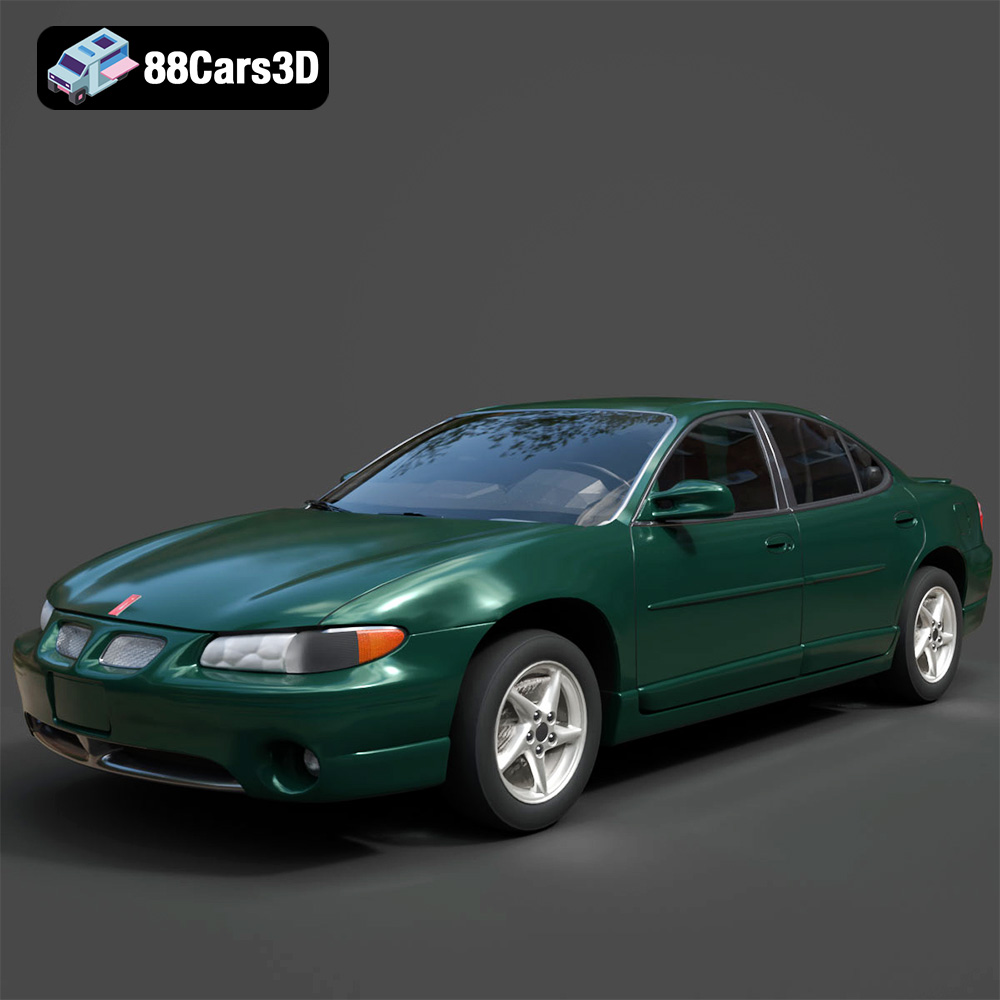
Pontiac Grand Prix GT-001 3D Model
Texture: Yes
Material: Yes
Download the Pontiac Grand Prix GT-001 3D Model featuring clean geometry, realistic detailing, and a fully modeled interior. Includes .blend, .fbx, .obj, .glb, .stl, .ply, .unreal, and .max formats for rendering, simulation, and game development.
Price: $4.99
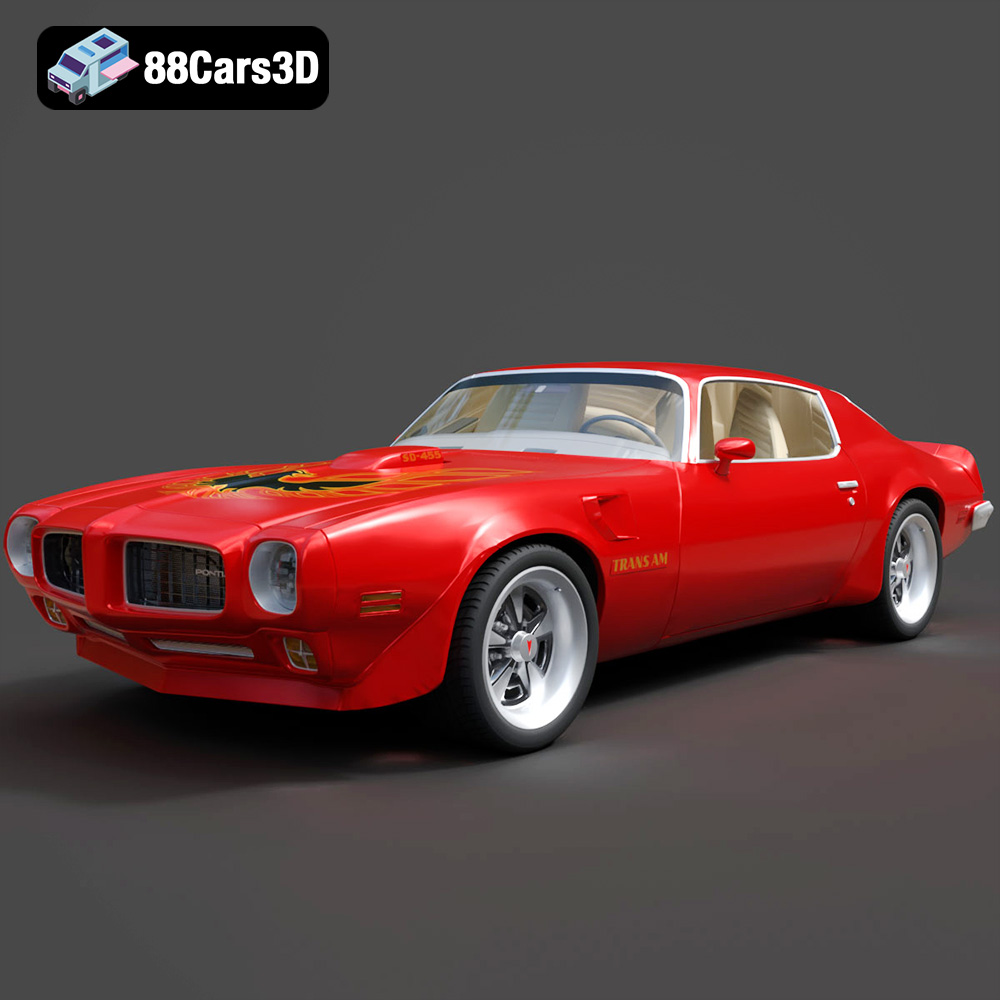
Pontiac Firebird Trans Am SD-455 3D Model
Texture: Yes
Material: Yes
Download the Pontiac Firebird Trans Am SD-455 3D Model featuring clean geometry, realistic detailing, and a fully modeled interior. Includes .blend, .fbx, .obj, .glb, .stl, .ply, .unreal, and .max formats for rendering, simulation, and game development.
Price: $1

Plymouth Volare 1976 3D Model
Texture: Yes
Material: Yes
Download the Plymouth Volare 1976 3D Model featuring clean geometry, realistic detailing, and a fully modeled interior. Includes .blend, .fbx, .obj, .glb, .stl, .ply, .unreal, and .max formats for rendering, simulation, and game development.
Price: $4.99

Plymouth Roadrunner 1971 3D Model
Texture: Yes
Material: Yes
Download the Plymouth Roadrunner 1971 3D Model featuring clean geometry, realistic detailing, and a fully modeled interior. Includes .blend, .fbx, .obj, .glb, .stl, .ply, .unreal, and .max formats for rendering, simulation, and game development.
Price: $4.99
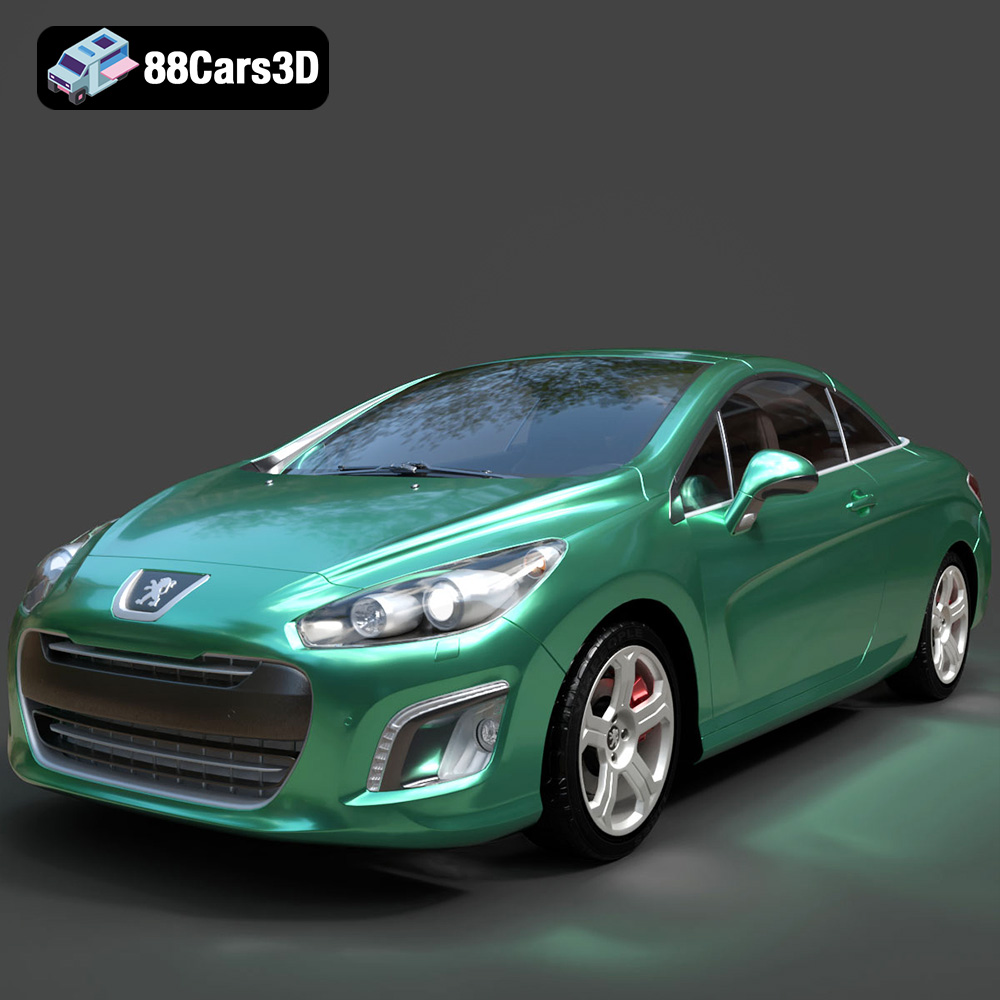
Peugeot 308 CC 2025 3D Model
Texture: Yes
Material: Yes
Download the Peugeot 308 CC 2025 3D Model featuring clean geometry, realistic detailing, and a fully modeled interior. Includes .blend, .fbx, .obj, .glb, .stl, .ply, .unreal, and .max formats for rendering, simulation, and game development.
Price: $4.99
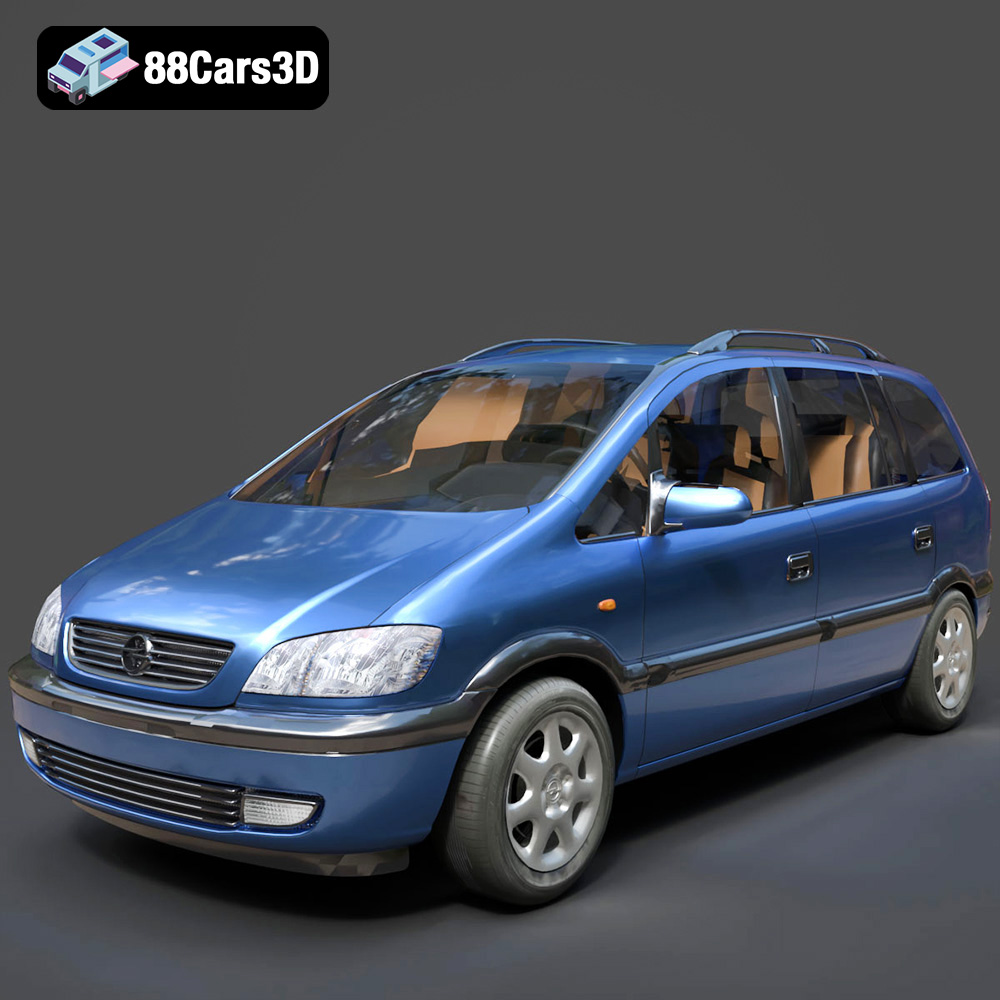
Opel Zafira 2000 3D Model
Texture: Yes
Material: Yes
Download the Opel Zafira 2000 3D Model featuring clean geometry, realistic detailing, and a fully modeled interior. Includes .blend, .fbx, .obj, .glb, .stl, .ply, .unreal, and .max formats for rendering, simulation, and game development.
Price: $4.99
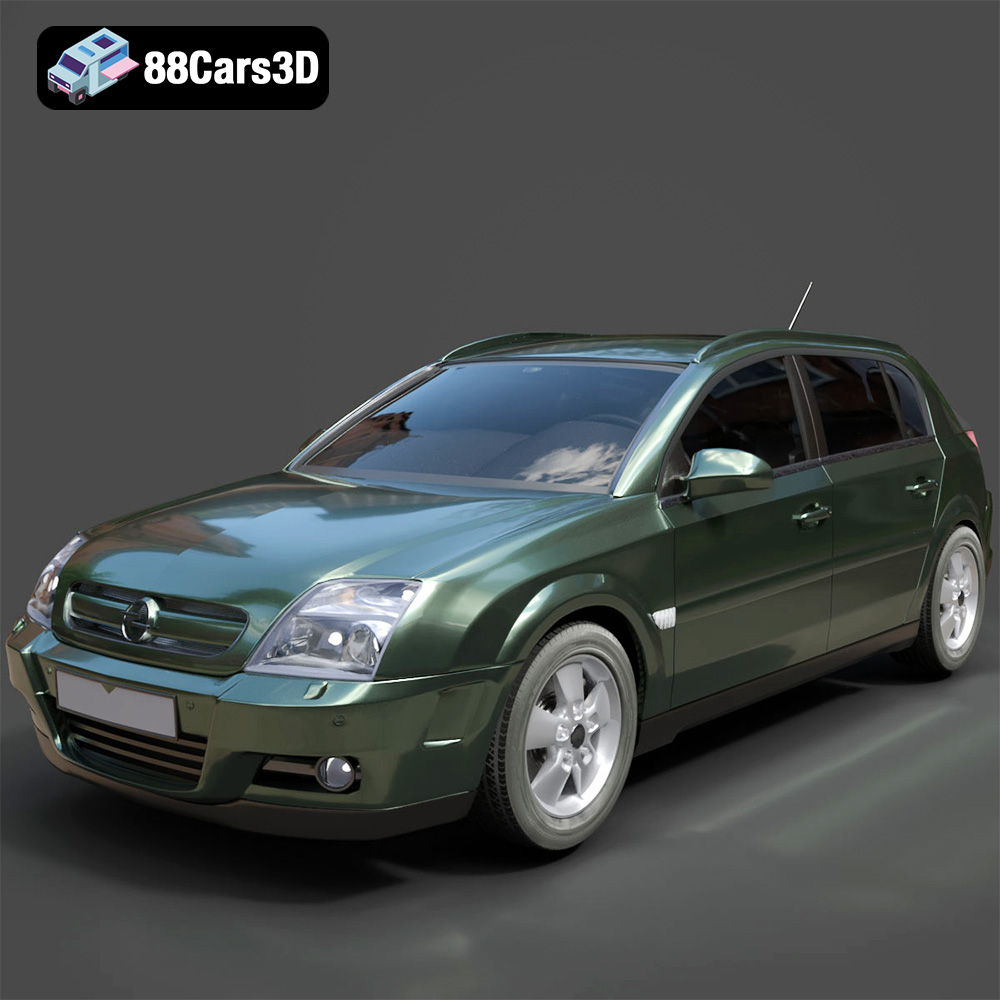
Opel Signum 2003 3D Model
Texture: Yes
Material: Yes
Download the Opel Signum 2003 3D Model featuring clean geometry, realistic detailing, and a fully modeled interior. Includes .blend, .fbx, .obj, .glb, .stl, .ply, .unreal, and .max formats for rendering, simulation, and game development.
Price: $4.99
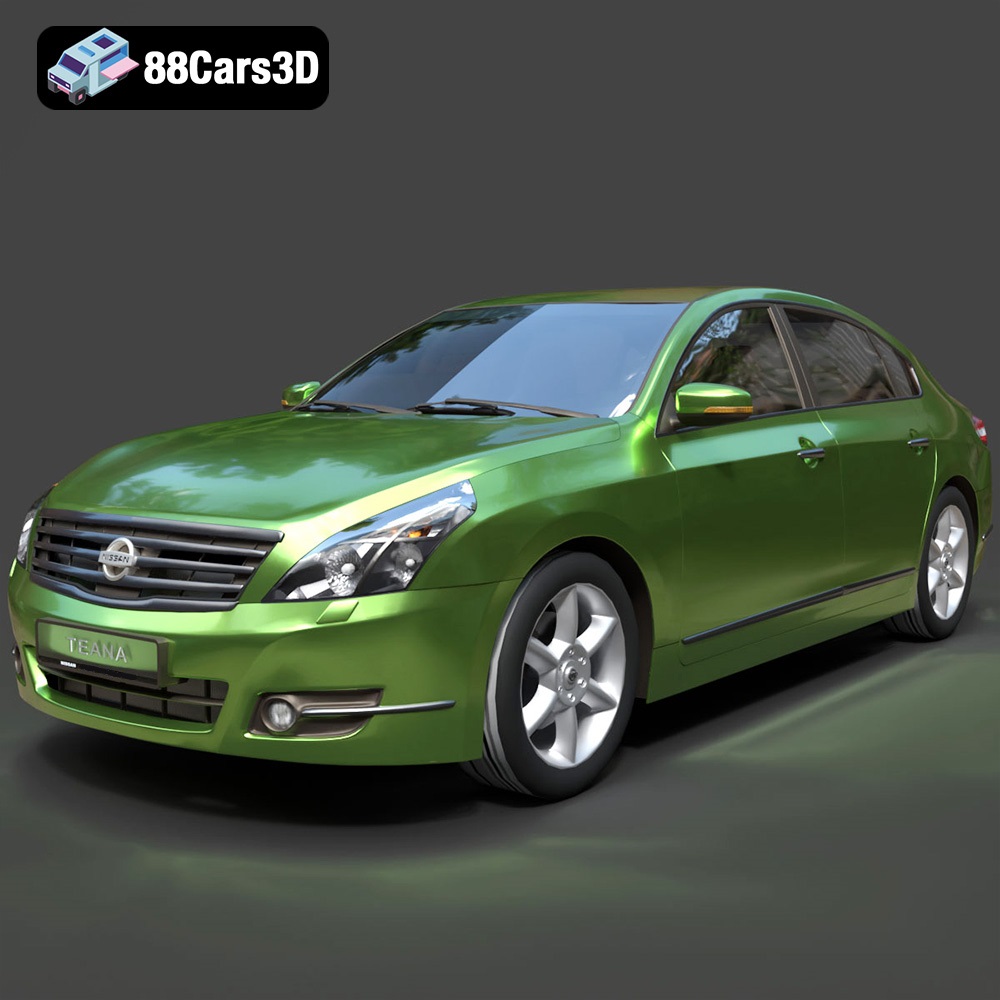
Nissan Teana 2001 3D Model
Texture: Yes
Material: Yes
Download the Nissan Teana 2001 3D Model featuring clean geometry, realistic detailing, and a fully modeled interior. Includes .blend, .fbx, .obj, .glb, .stl, .ply, .unreal, and .max formats for rendering, simulation, and game development.
Price: $4.99
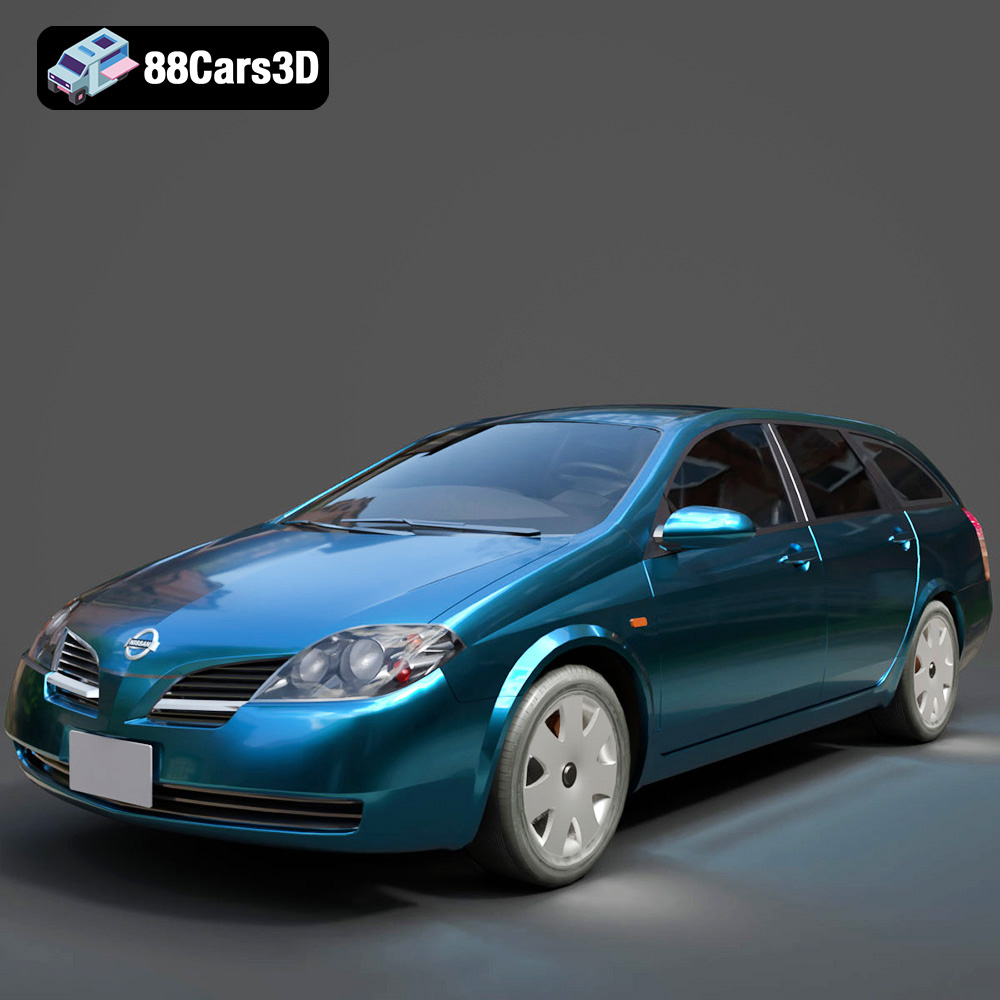
Nissan Primera Wagon 2001 3D Model
Texture: Yes
Material: Yes
Download the Nissan Primera Wagon 2001 3D Model featuring clean geometry, realistic detailing, and a fully modeled interior. Includes .blend, .fbx, .obj, .glb, .stl, .ply, .unreal, and .max formats for rendering, simulation, and game development.
Price: $4.99
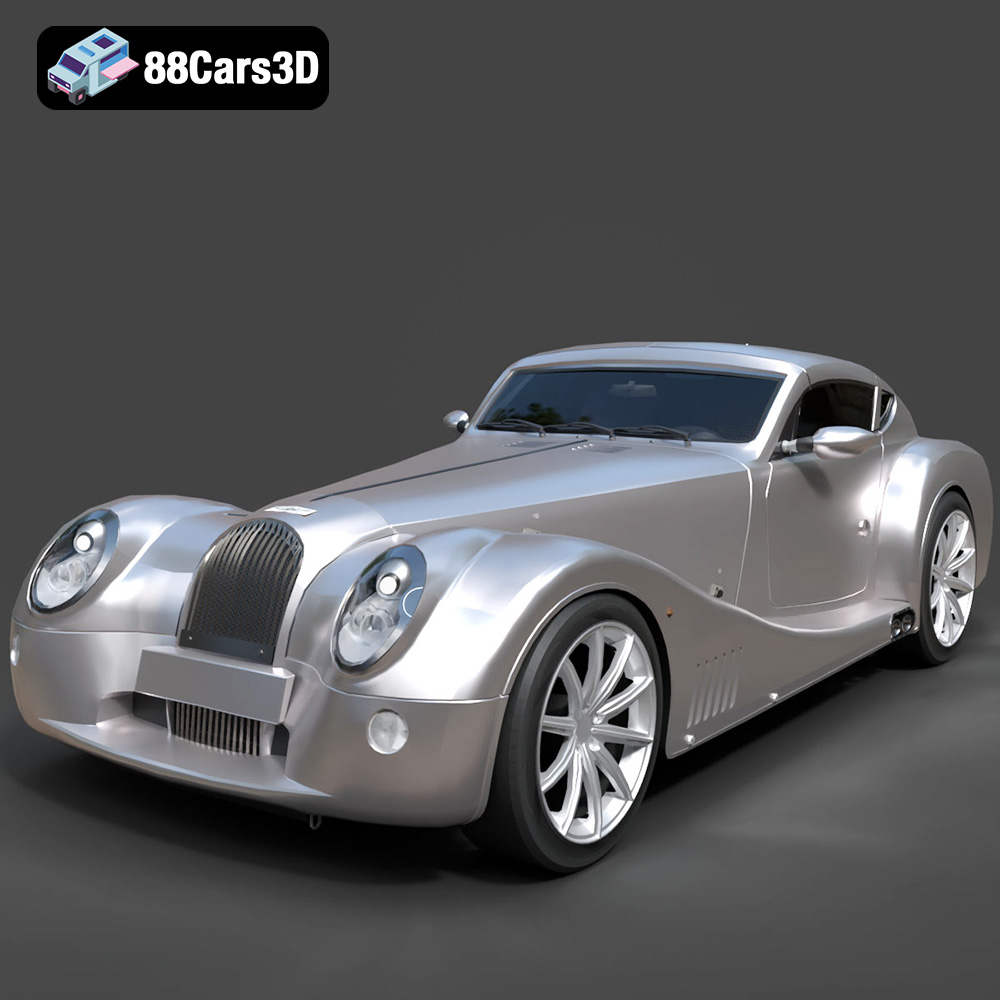
Morgan Aero Super Sports 2025 3D Model
Texture: Yes
Material: Yes
Download the Morgan Aero Super Sports 2025 3D Model featuring clean geometry, realistic detailing, and a fully modeled interior. Includes .blend, .fbx, .obj, .glb, .stl, .ply, .unreal, and .max formats for rendering, simulation, and game development.
Price: $4.99
